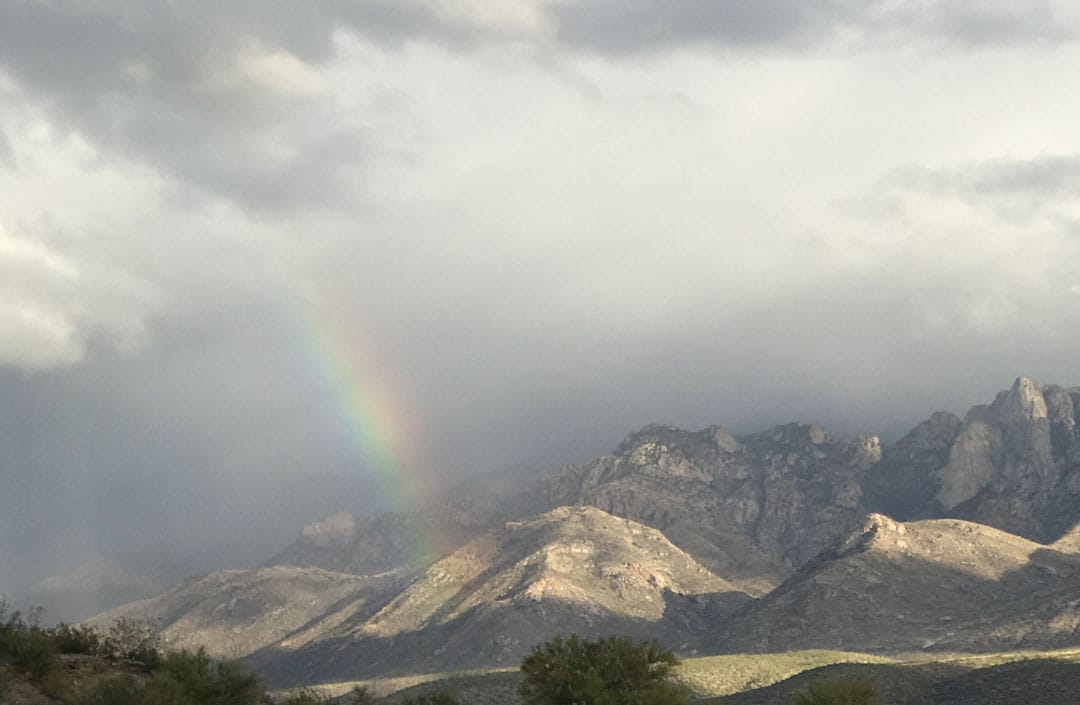
What to do in your Tucson Yard in January
January is a great time to plan for what you want to do in your yard and garden over the coming year. Is there a big project you’d like to tackle? A wider variety of vegetables you’d like to try growing?
Now is the time to plan, but also to begin working on those plans while the weather is still cooler. If you plan on planting vegetables from seed, now is the time to order those seeds.
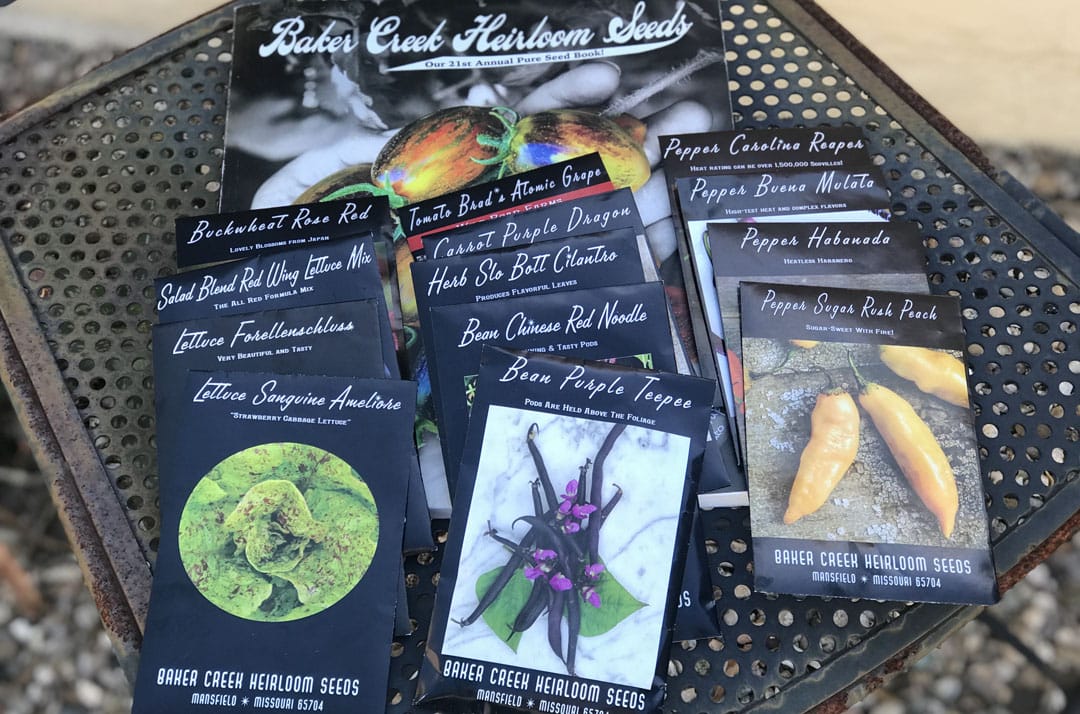
Time to order seeds! Here’s (some of) our selections from Baker Creek Heirloom Seed Company last year
Check your irrigation system
Many Tucson yards have an irrigation system to ensure the proper amount of water reaches the plants that need it. January is a great time of year to look over your irrigation system. Look for leaks, replace parts as needed, and double-check the areas that are getting water. Same with rain harvesting systems, be sure that they are in proper order as well.
Plants can survive on less water this time of year (and we often get winter rains), so take advantage of that and check that your watering systems are set up correctly.
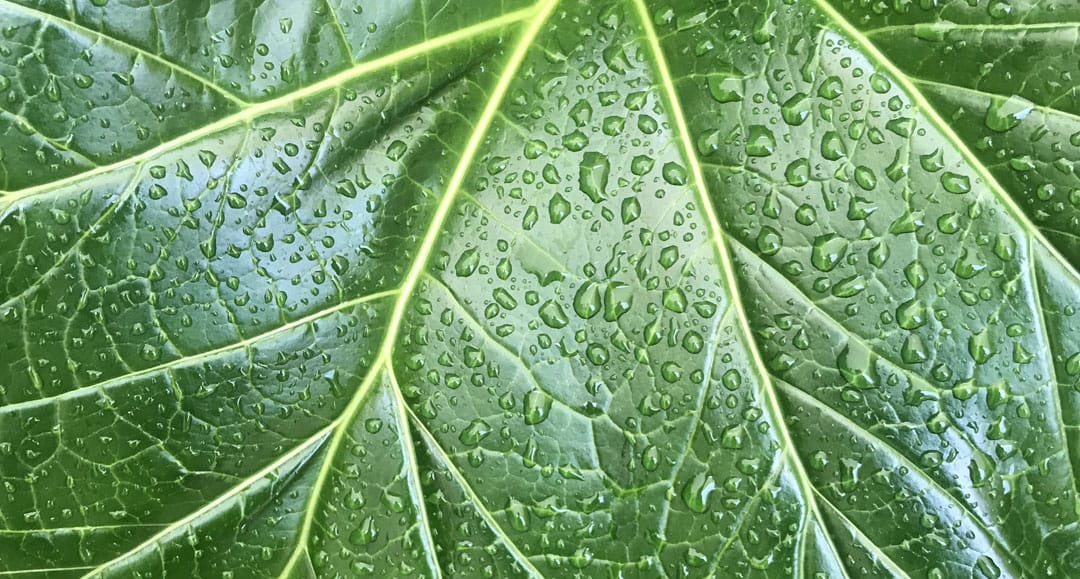
Adjust your irrigation system for winter rains
Rake leaves into garden beds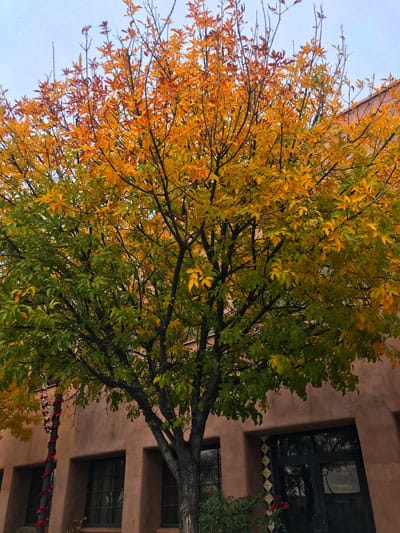
While most of the country experiences changing and fallen leaves in September and October, December and January often look like “fall” here in the Tucson area. The brightly covered leaves on deciduous trees and shrubs drop, leaving plenty of debris all over your yard.
This January, take some time to rake the fallen leaves into your garden beds, where they can act as an organic mulch. If you notice small broken branches on the ground, they can be removed (or, if you have a chipper or shredder, they can be shredded and used as mulch as well).
Defoliate & prune rose bushes
Be sure you know what you’re doing before you start!
Established rose bushes can be pruned in January
Remove all prunings, dropped leaves, and other debris around your roses. Pests, such as thrips, can overwinter in the debris and reinfect your roses when temperatures start to rise.
Roses should be watered once or twice a week, but keep in mind any rainfall – you don’t want to overwater!
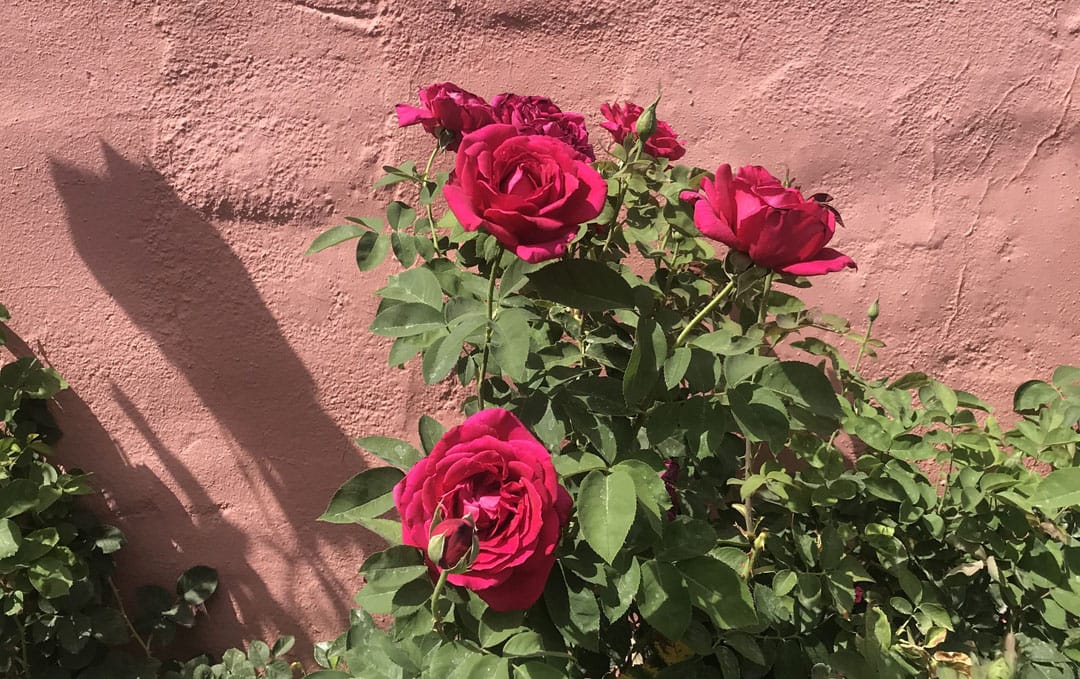
January is a great time to prune rosebushes
Plant for winter color
Winter in Tucson is a great time to visit a local garden center and shop the selection of winter-blooming flowers! Many annuals do well in Tucson’s cooler winter weather and can be planted in January, such as:
- calendula
- cyclamen
- dianthus
- pansies
- snapdragons
- stock
- sweet alyssum
- petunias
- violas
There are also many shrubs that start to bloom in January, such as feathery cassia and Valentine bush.
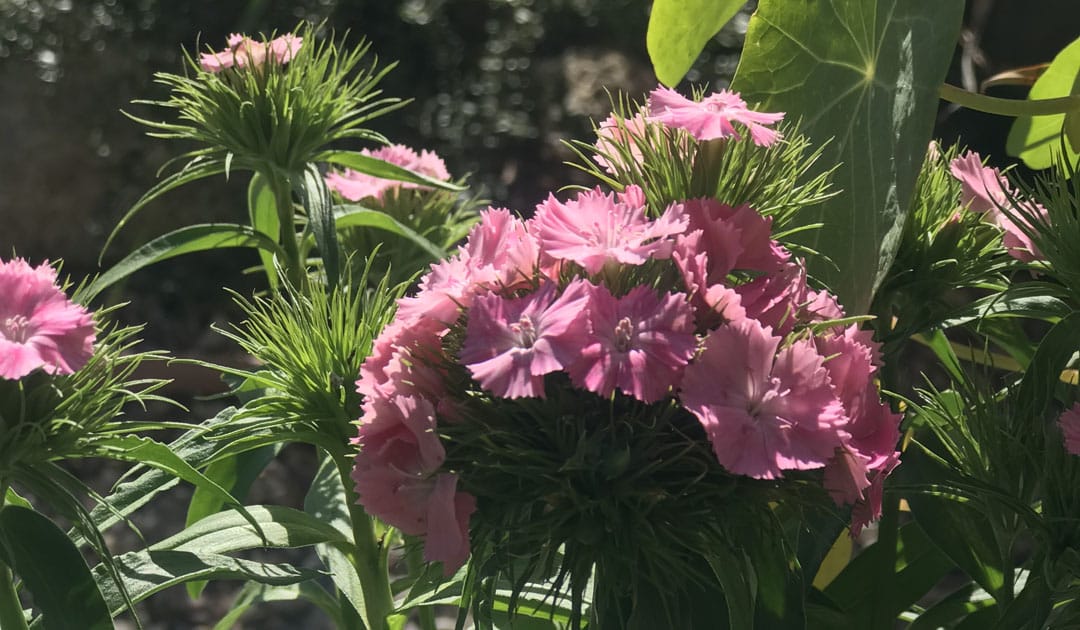
Check your local garden center for varieties of winter-blooming flowers
Plant bare-root fruit trees & roses
Several types of fruit trees grow well in Tucson, including some varieties of apple, apricot, peach, pear, plum, pomegranate, figs, and more. Look for varieties with low chill hour requirements. Depending on where you live in the Tucson area, you can successfully grow fruit trees that need as many as 400 chill hours to set fruit.
The U of A Extension Service has a good publication about growing fruit trees in the low desert.
Nurseries stock bare-root trees, vines (grapes grow well in Tucson), and roses in January, giving you a wide range of options to choose from. Take advantage of the variety by buying and planting a bare-root plant this month.
Sow or transplant cool-season herbs & vegetables
You can still plant cool weather vegetables in January, too.
Sow these vegetables from seed (you can sow these as late as mid-February)
- Arugula
- Beets
- Broccoli
- Cabbage
- Chinese Cabbage
- Cauliflower
- Celery
- Cilantro
- Collards
- Dill
- Fennel
- Kale
- Kohlrabi
- Leek
- Lettuce
- Peas
- Mustard
- Parsley
- Onions (“short-day” bulb onion sets)
- Radishes
- Spinach
- Swiss chard
- Turnips
Transplant these as seedlings (many of these can also be sowed directly into the garden from seed until mid-February)
- Artichoke
- Broccoli
- Cabbage
- Chinese cabbage
- Cauliflower
- Celery
- Cilantro
- Collards
- Dill
- Fennel
- Kale
- Lettuce
- Mustard
- Parley
- Spinach
- Swiss Chard
Start warm-season vegetables indoors
Heat-loving vegetables and fruit, such as tomatoes and peppers, can be started from seed indoors in January. This will allow you to transplant them outdoors in late February to get a jump-start on the growing season. They may need frost protection but you should get in a good crop of ripe fruit before temperatures get too hot.
Prune deciduous trees

Please don’t do this to your trees – it has been “topped,” where almost all of the branches were lopped off, leaving no leaves for the tree to produce food/energy. As a result, it has produced a bunch of watersprouts.
You can begin to prune deciduous trees in late January. Similar to roses, be sure you know what you’re doing before you start!
Focus on removing:
- dead, damaged or diseased branches
- branches that detract from the desired shape of the plant
- branches that are growing inward, crossing, or rubbing against other branches
- branches that are blocking access, hitting nearby structures, or in the way
Be sure not to prune too much – trees need branches for leaves to grow so they can get energy! (It’s that whole photosynthesis process).
Don’t top trees and don’t prune them so that they resemble a “lion’s tail” (by leaving only a small amount of growth at the end of a branch). Leave plenty of branches and leaves to maintain the size and structure of the tree. If you need to prune more than that, you probably have the wrong sized tree for the space in which it is planted.
And if you’re ever in doubt about how or whether to prune your trees, please call in an ISA Licensed Arborist. They’re tree service experts who understand how trees grow, how they react to pruning, and the best methods for improving tree structure, health, and appearance.
Cover your plants!
It’s still cold, so be sure to cover any frost-sensitive plants to protect them from any freezing temperatures.
Cover cactus tips with styrofoam cups or cloth bags. Avoid using plastic cups; plastic provides much less protection from the cold.
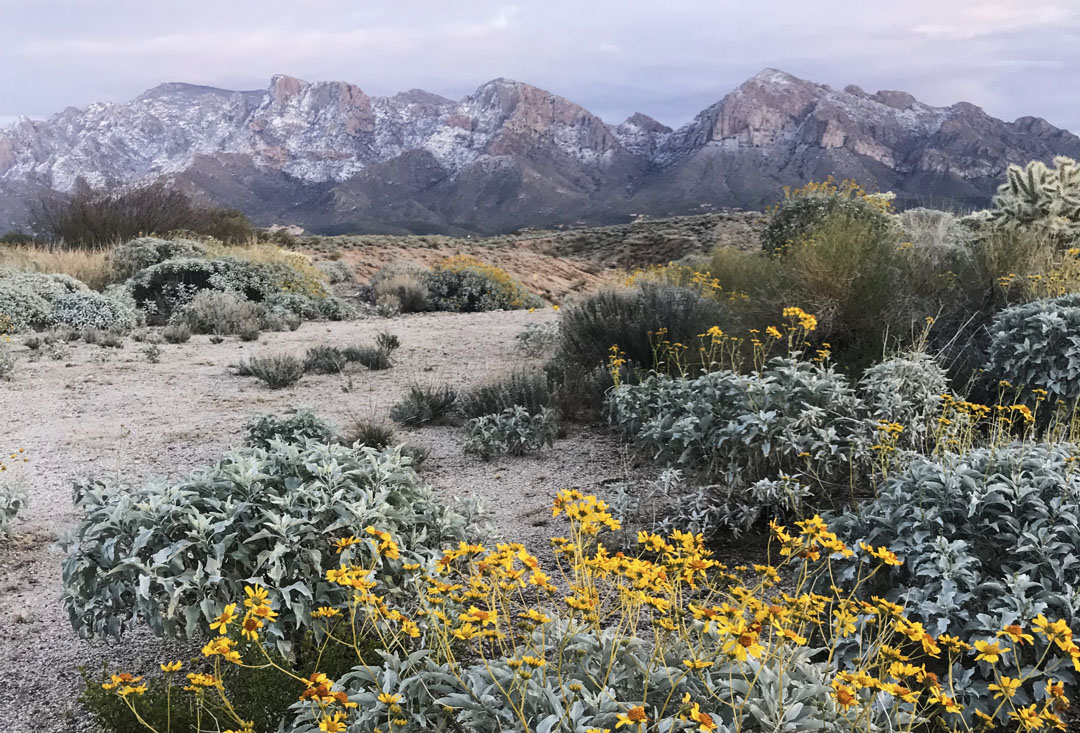
Nights can get cold in January, so cover your frost-sensitive plants (or bring them inside) if temperatures drop below freezing